At a Glance
Quick Tips
- Bring fishing gear
- GOHUNT Maps are recommended to help navigate this area
- ATVs can be helpful here
| species | general Size | trophy potential |
|---|---|---|
| Elk | Dummy | Dummy |


Hunters discussing Area 104 in Lincoln, Wyoming, express a range of inquiries and observations about the unit's hunting licenses and regulations. For general tag holders in Wyoming, the general elk license allows hunting in any general unit, without being specific to one, providing flexibility across the state. There is a variety of feedback about the lack of detailed information, such as bull-to-cow ratios, due to the unit not having recorded data from wildlife surveys, a common issue when resources are allocated elsewhere. Importantly, hunters emphasize the need to understand the specifics of the tag types and hunting seasons, with advice given on archery equipment in compliance with state regulations, ensuring all hunters are well-prepared and informed.
| species | general Size | trophy potential |
|---|---|---|
| Elk | Dummy | Dummy |
This unit is found on the western edge of the state along the Idaho state line. Copious amounts of public land are found here and hunters have many options for huntable locations. Elk can be found in good numbers here and hunters will find them from the valley floors to the highest elevations. Many roads exist in the primary valleys and drainages but much of the higher elevation areas must be reached on foot or with stock.
Hunters can expect a lot of rugged terrain here with elk typically found in the north part of the unit. This unit has a lot of drainages to hunt and is a good place for hunters to take mature bulls.
This unit reaches from the Smiths Fork River valley floor, east to the Tunp Mountain Rage and lowers down to the valley floor at the Hams Fork River on the east. Terrain is more gently contoured at lower elevations, but becomes steep and rugged in the higher elevations, with timberline at about 10,000 feet. Crossing terrain in the high country can be physically exertive and hunters will need to be prepared to hunt this day after day.
Public access in this unit is good along the Hams Fork Road, Grade Canyon Road and Coal Creek Road. There are also a few secondary logging roads, with the whole unit covered by a big trail system. Packing in with horses or backpack hunting is a good choice, but day hunts are more common. This unit is bordered by the Idaho state line, and Smiths Fork River on the west. The divide between the Salt River and Hams Fork River can be found on the north and the Hams Fork River is on the east end of the unit, with U.S. Highway 30 to the south. This area has a mix of private land, BLM land and National Forest with no wilderness area.
Low and middle elevations have a mix of grassy and sage-covered meadows with Douglas fir and aspen. Higher up near timberline, the country consists of thick spruce fir forest, with intermittent meadows, rugged ridges and sedge-filled alpine basins.
Cokeville and Kemmerer are the nearest towns of any size and offer several options for lodging. Groceries, gas, sporting goods and other amenities are available as well. Camping is allowed on all public ground for up to 16 days in one location. There is one designated campground located in the unit. You may also camp in remote locations.
Roughly 674 square miles
75% public land
Elevations from 6,300-10,300 feet